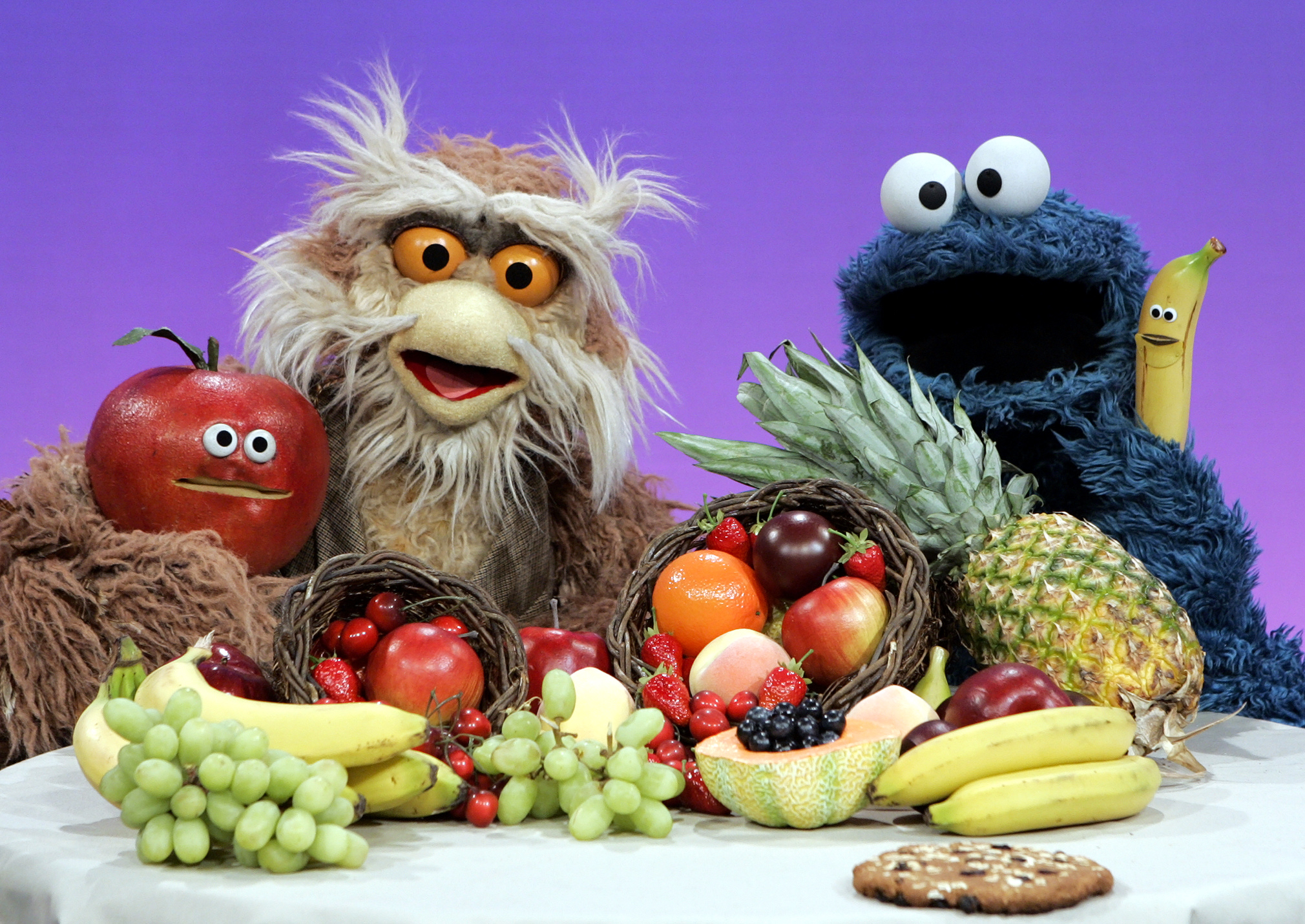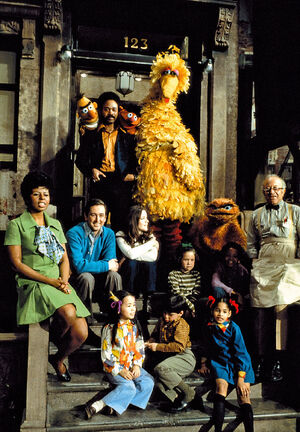Why some irreal children idols are considered a problem in america today?....
When Sesam Street
was developped, psychologist argued that the mixture between the
Muppets and the real people living in Sesam Street (and the stage
itself, a traditional street) could be counterproductive for
children, because of the lack of limits between real and fiction.
Without taking
this opinions into account, Sesam Street was broadcasting.
More real.
 New characters
were included in the show, following the changes of the society. Not
only based on race (Rosita, the hispanic character in the USA show),
but also bearing in mind health habits (Cookie's Monster conversion
into “vegan monster that sometimes eats cookies”).
New characters
were included in the show, following the changes of the society. Not
only based on race (Rosita, the hispanic character in the USA show),
but also bearing in mind health habits (Cookie's Monster conversion
into “vegan monster that sometimes eats cookies”).
Polemical
issues have been treated normaly in the show. While South Africa's
show developped Kami character, an HIV positive Muppet, America's
show has recently created Lily, a muppet suffering for hunger. The
U.S. Department of Agriculture estimates that one in four American
children has limited access to nutritious food.
Too much real?

Romney
criticised Sesame Street because it is payed by public taxes, and "it is time the Big Bird to fly by himself".
Some others argue the characters have not a job, and aim children to have a subsided life.
On the other hand, Great Puppet March was organized to support them.
Questions...
Will Big Bird live by himself (and with the help of private companies) without public money?
Will America change without having an inclusive public space as Sesame Street?.
Some others argue the characters have not a job, and aim children to have a subsided life.
On the other hand, Great Puppet March was organized to support them.
Questions...
Will Big Bird live by himself (and with the help of private companies) without public money?
Will America change without having an inclusive public space as Sesame Street?.

The first debate between Romney and Obama put The Muppets in the eye of the storm.
ReplyDeleteWhy ARE some UNreal children'S idols considered a problem in America today?....
Real or Fiction?.
When Sesame Street was develoPed, psychologistS argued that the mixture OF the Muppets and the real people living in Sesame Street (and the stage itself, a traditional street) could be counterproductive for children, because of the lack of limits between realITY and fiction.
Without taking thEsE opinions into account, Sesame Street WENT ON broadcasting.
More real.
New characters were included in the show, following the changes of the society. Not only based on race (Rosita, the Hispanic character in the USA show), but also bearing in mind health habits (Cookie Monster'S conversion into THE “vegan monster that sometimes eats cookies”).
CONTROVERSIAL issues have been treated normalLy in the show. While South Africa's show developed THE Kami character, an HIV positive Muppet, America's show has recently created Lily, a muppet suffering fROM hunger. The U.S. Department of Agriculture estimates that one in four American children has limited access to nutritious food.
Too much realITY? (or Too real?)
Romney criticiZed Sesame Street because it is paId FOR by public taxes, and "it is time FOR the Big Bird to fly by himself".
Some others argue THAT the characters DON'T have jobS, and LEAD children to have a subsidIZed life.
On the other hand, THE Great Puppet March was organized to support them.
Questions...
Will Big Bird SURVIVE by himself (and with the help of private companies) without public money?
Will America change without having an inclusive public space SUCH as Sesame Street?.
An interesting topic, and a challenging one to write about.